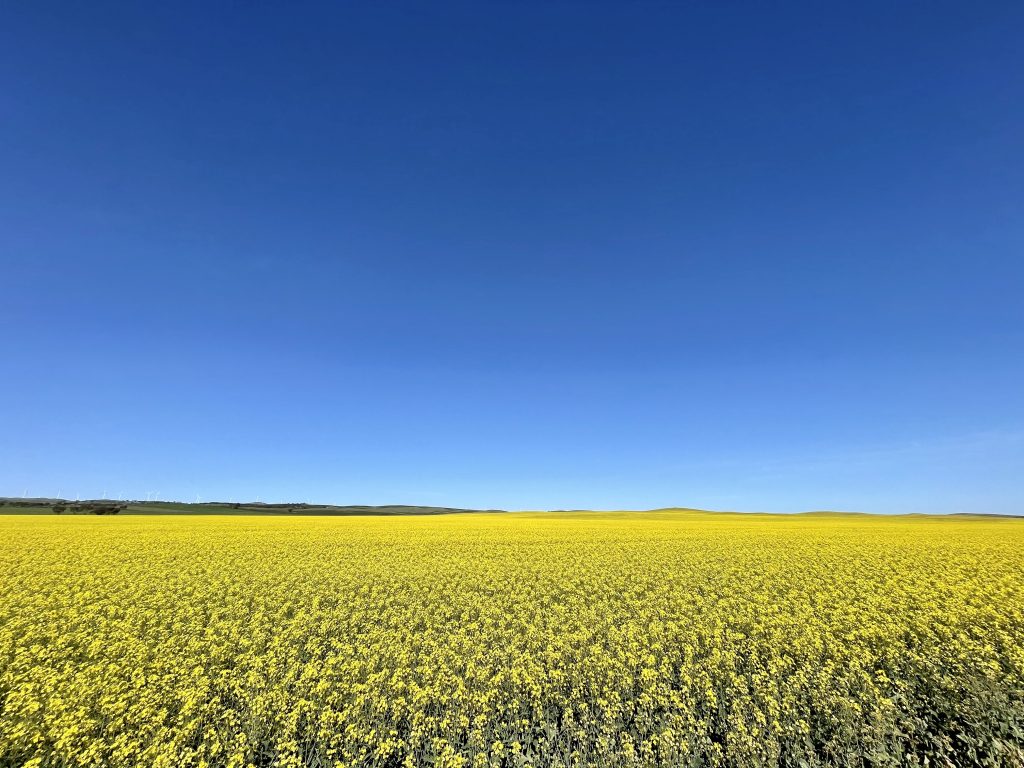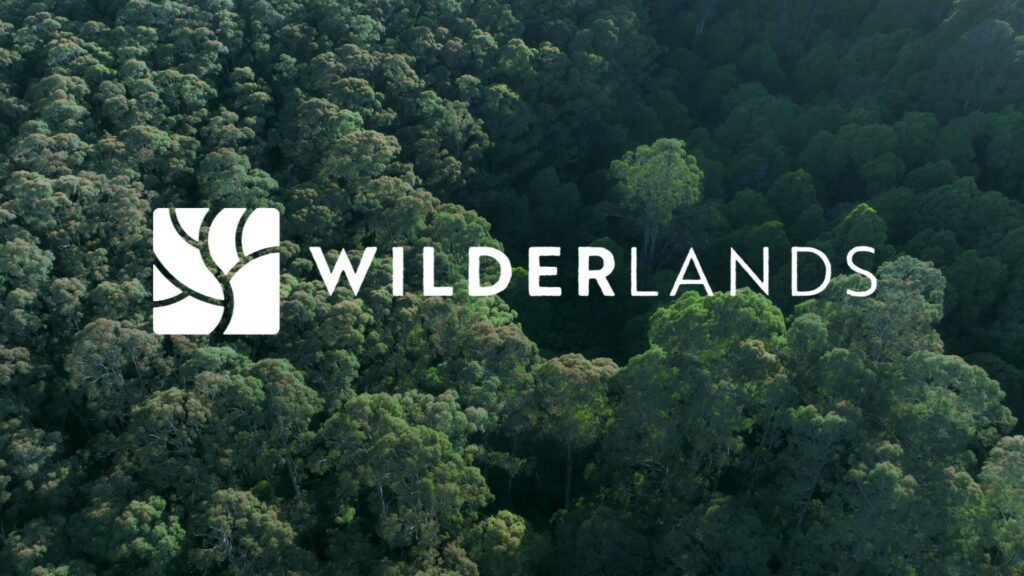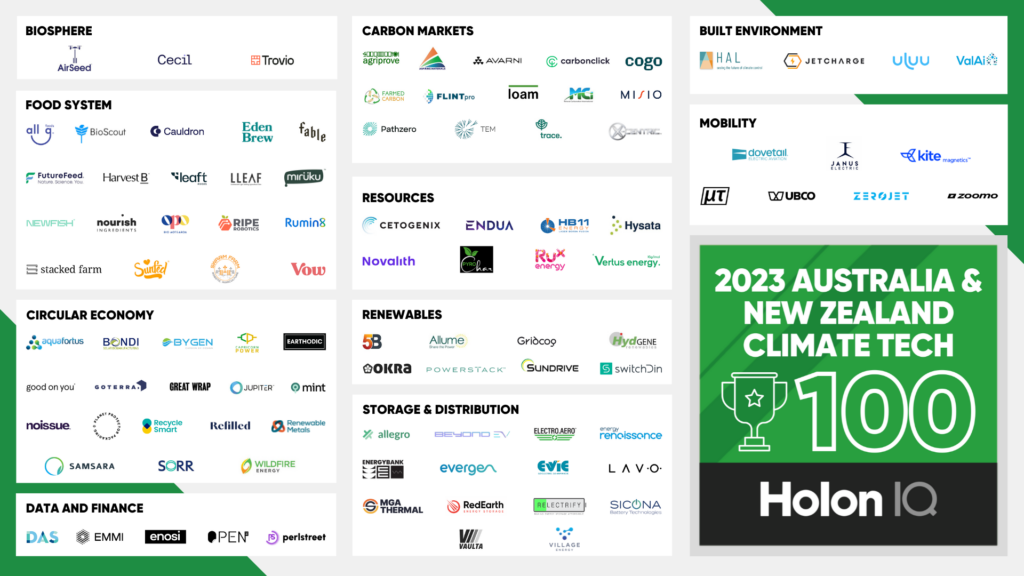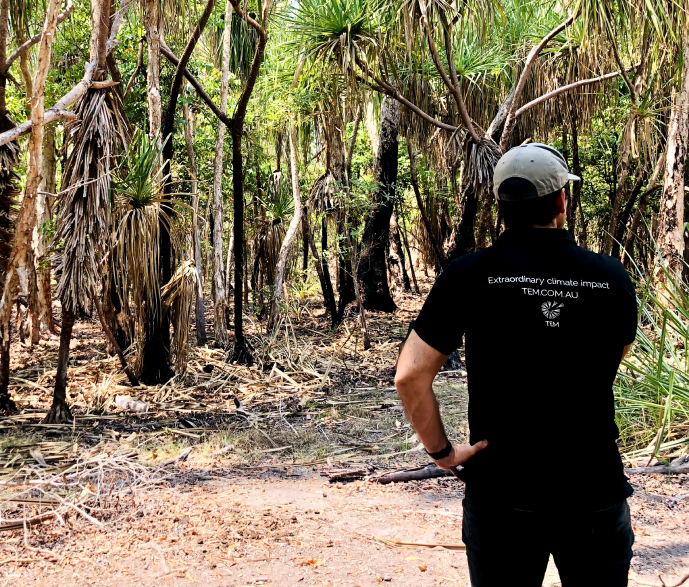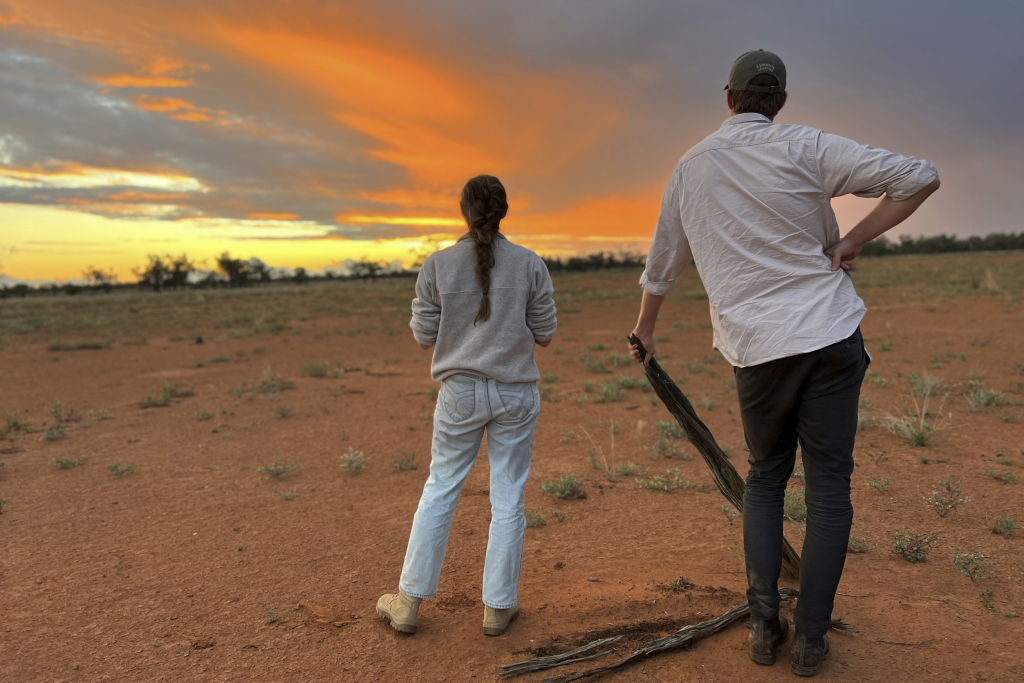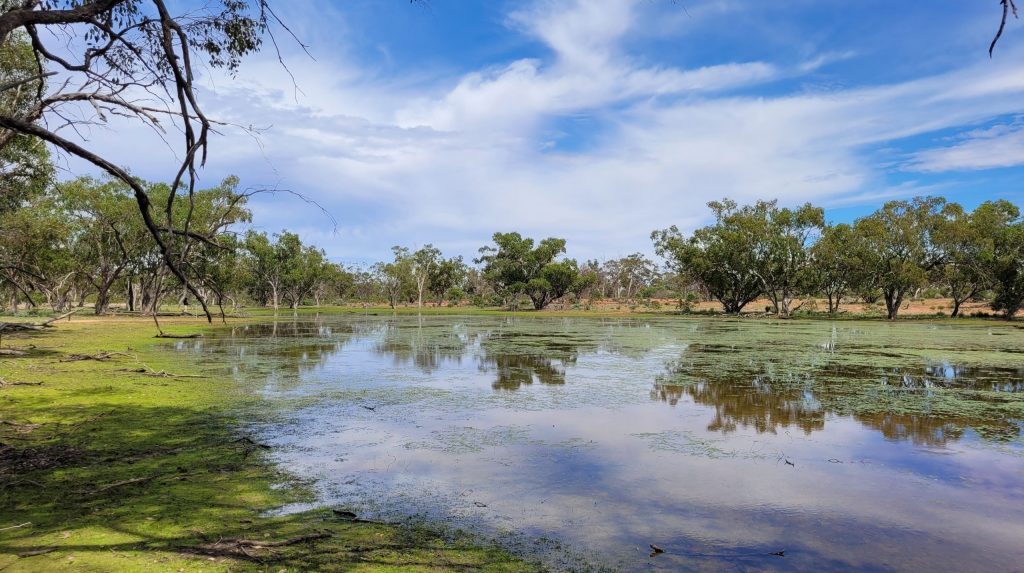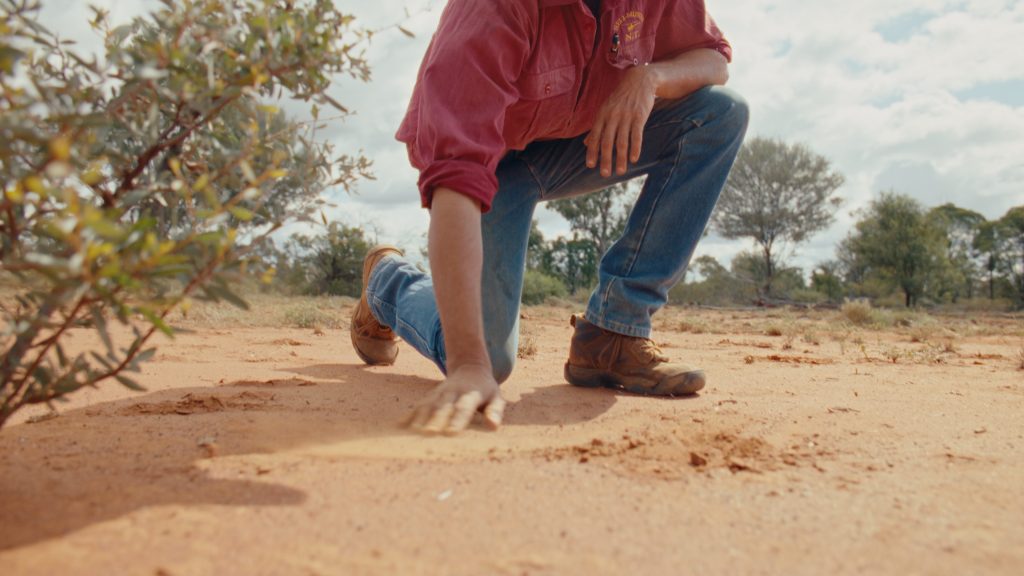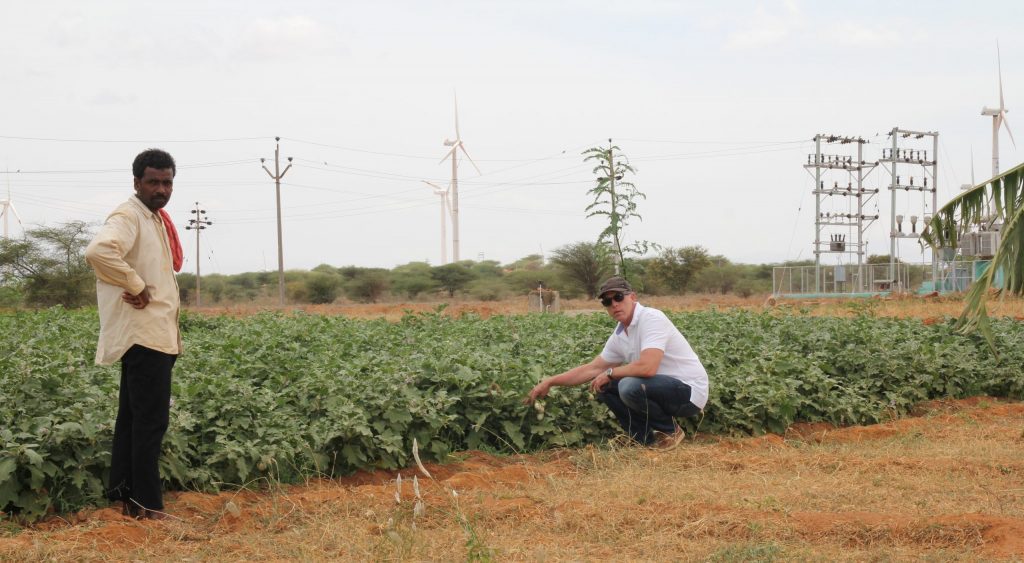Originally published on S&P Global on 2 May 2023.
Increasing demand for carbon credits from voluntary buyers and emitters with compliance needs has prompted the launch of new trading platforms in Australia.
Spot market transactions for the Australian Carbon Credit Units, or ACCUs, tripled on the year to a record 23 million in 2022, according to data from the Clean Energy Regulator.
Demand from voluntary buyers, especially those under the government-backed Climate Active carbon neutral scheme, has also been growing over the last few years.
The scheme allows businesses to offset their emissions on a voluntary basis using ACCUs and certain other international credits and get a carbon neutral certification from a government-backed scheme.
Australia also passed legislation in March to strengthen its emissions compliance scheme, Safeguard Mechanism, which is expected to further drive demand for ACCUs from big emitters such as coal and gas companies.
Voluntary market
Voluntary cancellations of ACCUs rose to 855,000 in 2022, from 841,000 in 2020, with Climate Active participants accounting for the majority of the demand, according to data from the Clean Energy Regulator.
Tasman Environmental Markets, a leading developer and seller of ACCU projects, launched a platform for small buyers with requirements between 50 mt and 2,000 mt.
The buyers under the Climate Active scheme usually have a lower offsetting requirement compared with potentially higher demand from large emitters.
“I think 70% of organizations certified under the Australian government’s Climate Active standard are small and medium enterprises who often struggle to purchase full volumes of offsets because the transaction cost is too high,” Adrian Enright, general manager, corporate, at Tasman Environmental Markets told S&P Global Commodity Insights.
Most of the spot transactions for ACCUs in Australia are done by brokerages, with the size of trades usually starting at around 5,000 mt.
However, TEM is offering an end-to-end platform that will provide small buyers high integrity ACCUs underpinned by due diligence along with the service of retiring those credits on behalf of its clients, Enright said.
As a result, the ACCUs sold on the platform are priced at a premium to the brokered-spot market.
Platts, part of S&P Global, assessed the price of Generic ACCUs at A$37.90/mtCO2e ($25.44/mtCO2e) and HIR ACCUs at A$38.25/mtCO2e on May 1.
“Before we had platforms like TEM, every time we helped our clients procure carbon offsets, we would put an RFQ together and go to market. There was no transparency or immediate feedback, we would have to wait for responses to come back,” said Barbara Albert, co-CEO at 100% Renewables, a Climate Active consultant.
“The pricing information provided by TEM also helps businesses determine how much carbon neutrality would cost them, even if they do not want to achieve Climate Active accreditation right away,” Albert added.
Trading platforms
Xpansiv’s CBL energy and environmental commodity spot exchange also launched its ACCU trading and settlement platform on April 19, offering Generic and HIR ACCUs as well as project-specific credits, such as Savanna burning.
The company reported eight transactions on the first day, with 27,449 ACCUs traded among participants like Commonwealth Bank of Australia and HVB Markets as well as project developers such as Corporate Carbon, and CO2 Australia.
“We are seeing multiple sign-ups and a number of them are in the onboarding pipeline as well,” said Ben Stuart, president, transaction services, Xpansiv.
The platform will be another valuable addition to the market to help provide a little bit of clarity on price, a carbon broker said.
“It would be a good vehicle to match deals up that we do externally as Xpansiv provides a good infrastructure to match with other providers in the market,” the broker added.
Further, the government is also working on a carbon trading platform and said earlier that it was close to finalizing its assessment of tenders for the implementation of an Australian Carbon Exchange.
The exchange is expected to create a standardized and regulated marketplace, in addition to the currently existing brokered-spot market.
Brokered markets
However, participants continued to highlight the importance of the brokerages in serving a spot market where the demand can be inconsistent.
“I have a network of brokers that I speak to, and they know the stuff I like to look at and they know what I have on my book,” a carbon trader said.
Xpansiv works in conjunction with the brokered market, with a lot of brokered trades reported into the platform, Stuart said, adding that the platform helps participants to manage the credit and counterparty risk.
The trader cautioned that while more platforms are getting launched, only a few will be able to gain traction due to limited liquidity in the spot market.
“I don’t want to trade on five-six platforms. I only want to trade on two-three,” the trader added.

